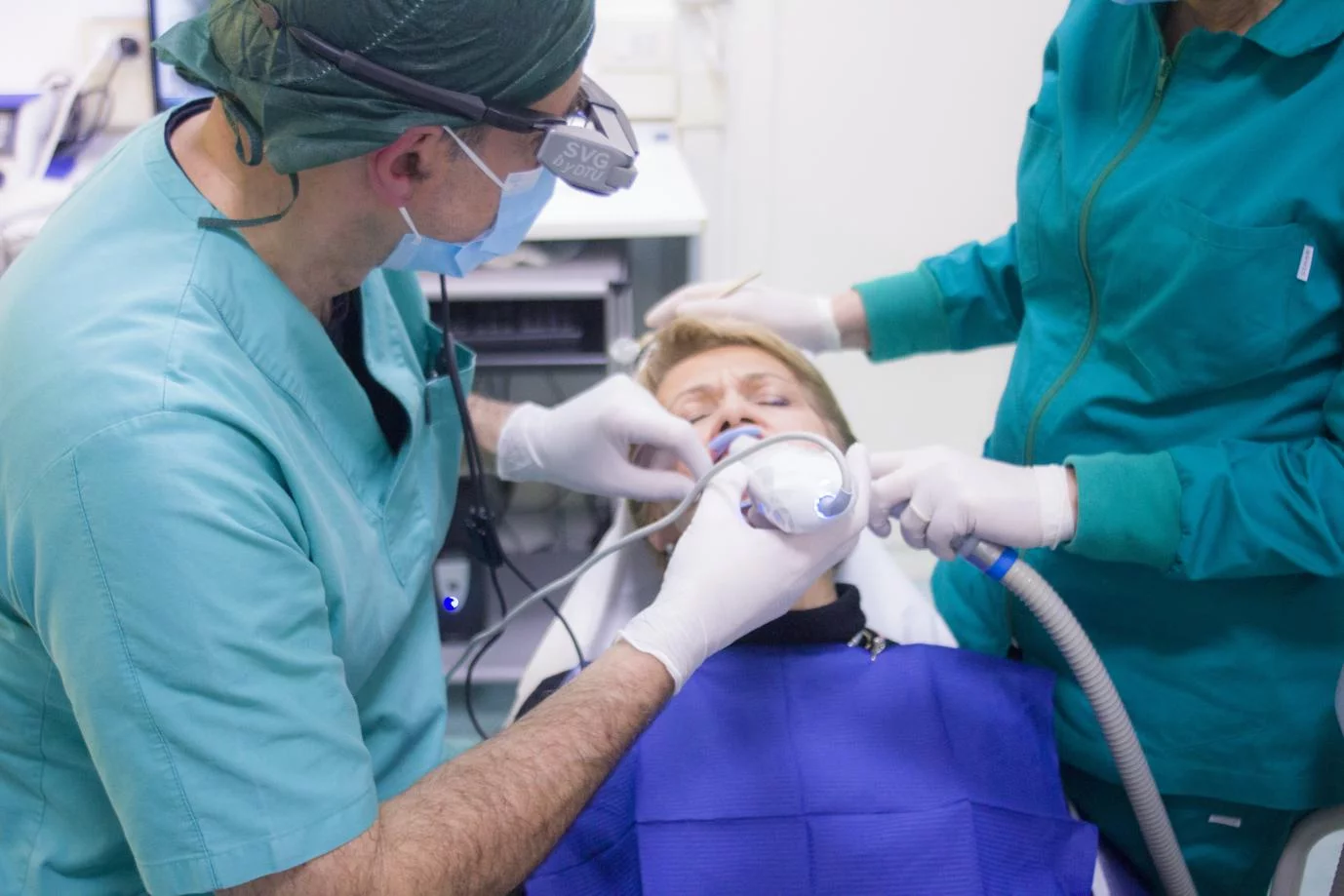Before having bypass surgery, you will be required to adhere to a special diet in order to prepare. Avoid foods high in fats and sugars.
After surgery, you must ensure you consume food slowly and carefully to prevent complications such as dumping syndrome. Furthermore, take vitamin supplements regularly and drink plenty of fluids.
Clear Liquid Diet
When it’s time to progress beyond a clear liquid diet, your physician may recommend switching over to the full liquid diet. This low-cal and high-protein plan is easier on your stomach than pureed versions; at this point you may add foods such as low-fat cream soups, sugar-free jello, sherbet ice cream milk and protein shakes into your meal plan.
This diet helps ease post-surgery discomfort such as gastric distress and bloating, while providing essential hydration and cleaning of the digestive tract. It may also be used temporarily before colonoscopy procedures in order to decrease bowel movements and help prepare the area for test imaging.
On a clear liquid diet, be sure to consume water, chicken or beef broth, herbal teas, cranberry juice, apple juice and jello without red dyes as these drinks will help minimize stomach pressure and nausea. When sipping fluids slowly over 30 minutes – at least an ounce every 30 minutes should be drunk – fizzy drinks may increase pressure on the stomach causing discomfort; take one ounce every 30 minutes!
Pureed Diet
Pureed diets allow you to eat foods that have been processed into purees by mashing, blending, or squishing for consumption without chewing. Homemade purees tend to taste much better than baby food purchased in stores and are significantly less costly; at this stage of development it’s also important to prioritize protein over carbohydrates for maximum benefit.
Pureed diets typically last two weeks and consist of eating four to six small meals each day, to prevent dehydration. You should still continue sipping water throughout the day to stay hydrated.
For optimal results, we suggest using a blender when creating meals. If you plan on eating on-the-go during the pureed phase, make ahead batches of smoothies and freeze them in small freezer bags to have on hand when needed – these will then be ready to be blended when you are. Alternatively, consider investing in a personal blender similar to what sports drink bottles use that allows you to create meals while away from home.
Liquid Diet for Two Weeks
At this stage, it’s okay to begin introducing food that liquefies at body temperature – such as soup, milk, black tea or coffee and no added-sugar cordial or squash. Try eating small sips until your full.
Reasons why a preoperative liquid diet should be followed include your surgeon not wanting you to vomit on the operating table and shrinking liver fat to make bariatric procedures safer and simpler (2). Furthermore, this diet can also shrink liver size while simultaneously decreasing body fat deposits around organ. This makes for safer surgery procedures (2).
At this phase, you should include soup, broth, low fat yoghurt and limited fruit and vegetables in your diet. While protein shakes may provide extra nutrition, it is still important that real food supplies enough of what’s needed. It is also recommended that 64+ ounces of fluid be consumed each day.
Meal Plan
Once your surgical team and dietician have verified that you’re ready to switch from liquids, you can begin adding solid foods into your diet. Be mindful not to consume too many sweet and fatty foods all at once in order to avoid “dumping syndrome,” wherein sugary or fatty foods pass too quickly from stomach to small intestine before being properly broken down resulting in discomfort, bloating, nausea or even vomiting.
As part of your diet plan, try starting with protein, then vegetables (both cooked and raw), followed by low-fat starches like boiled rice, pasta or potatoes with reduced sodium and reduced fat. Fruit, yoghurt and sugar-free soft drinks should also be consumed as appropriate; high fat, sugary food as well as fizzy drinks should be limited or avoided altogether. Finally, chew well when eating slowly – this will prevent stretching of the new stomach pouch while you’re eating slowly – this also allows time for digestion! Each individual is different; experiment with new foods until your stomach adjusts.







 Linking Oral Health to Overall Wellbeing
Linking Oral Health to Overall Wellbeing  Can You Exercise While Pregnant?
Can You Exercise While Pregnant?  The Rise of Telemedicine and Its Impact on Healthcare
The Rise of Telemedicine and Its Impact on Healthcare  Managing Diabetes With Diet and Exercise Expert Insights and Tips
Managing Diabetes With Diet and Exercise Expert Insights and Tips  Following a Diet Before Bypass Surgery
Following a Diet Before Bypass Surgery  How to Choose a Diet Powder
How to Choose a Diet Powder  5 Healthy Foods to Include in Your Fitness Diet Plan
5 Healthy Foods to Include in Your Fitness Diet Plan  The Best Diet Plan For Fat Loss
The Best Diet Plan For Fat Loss 